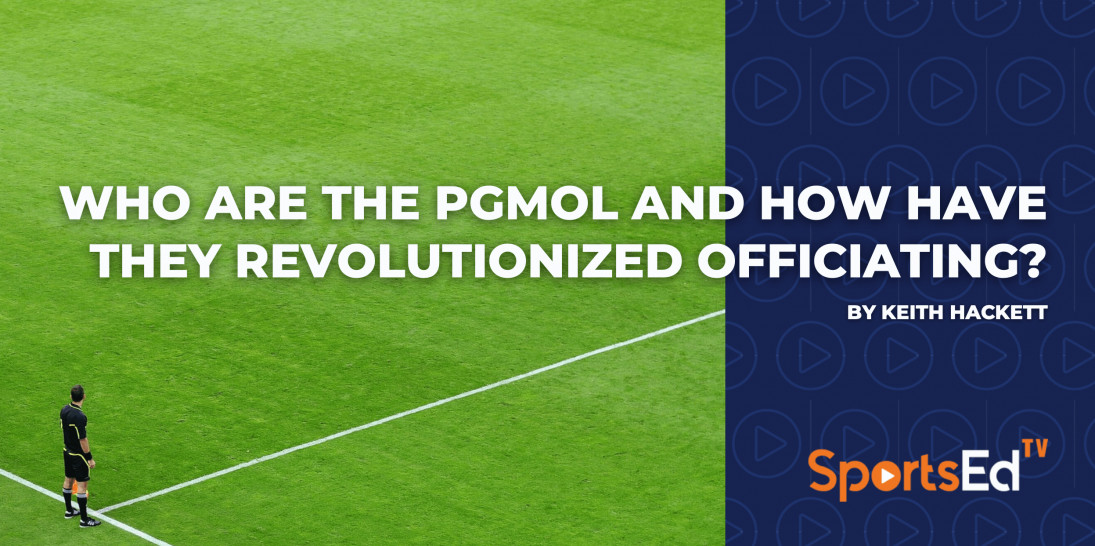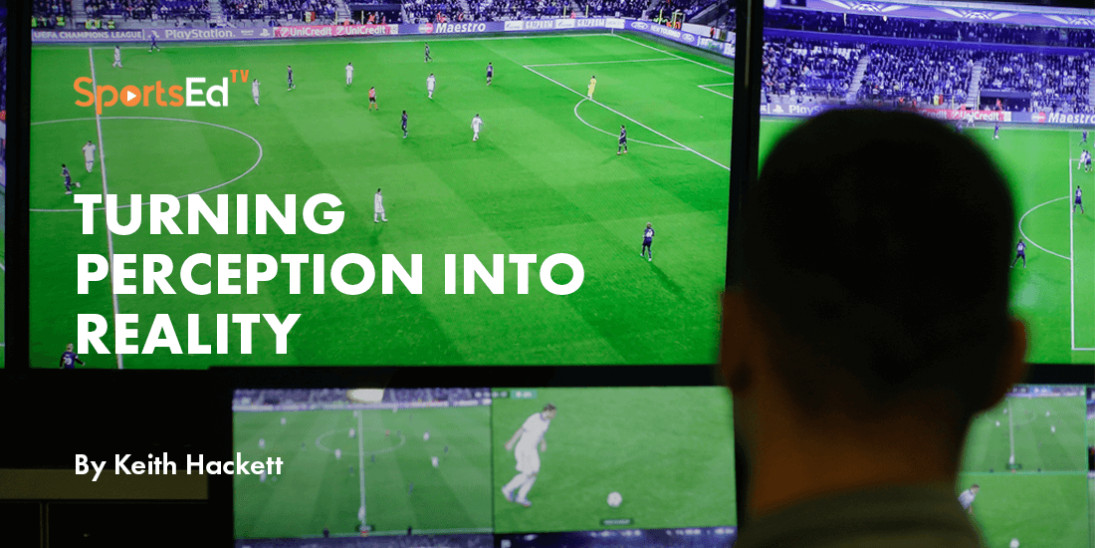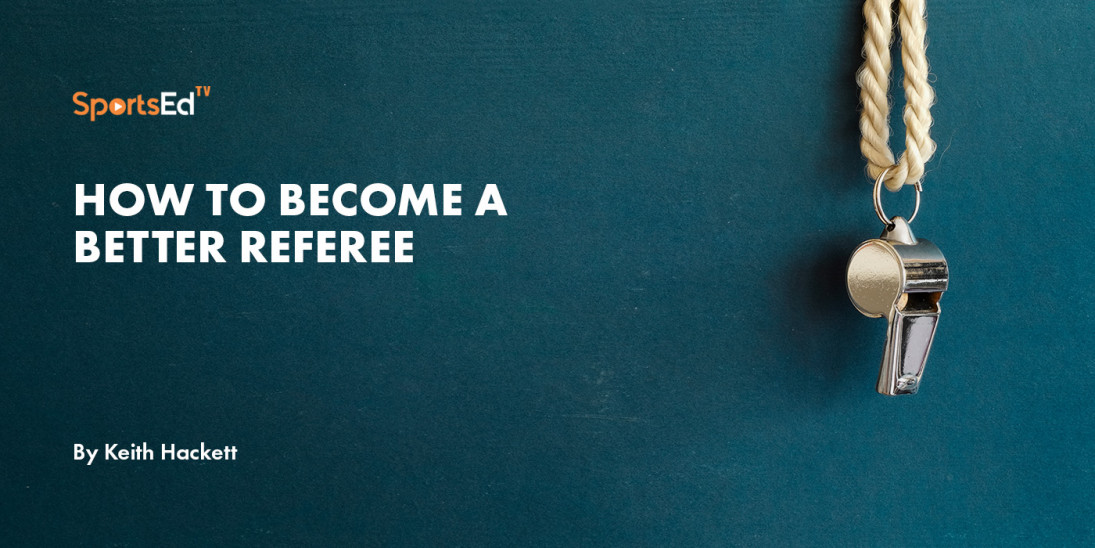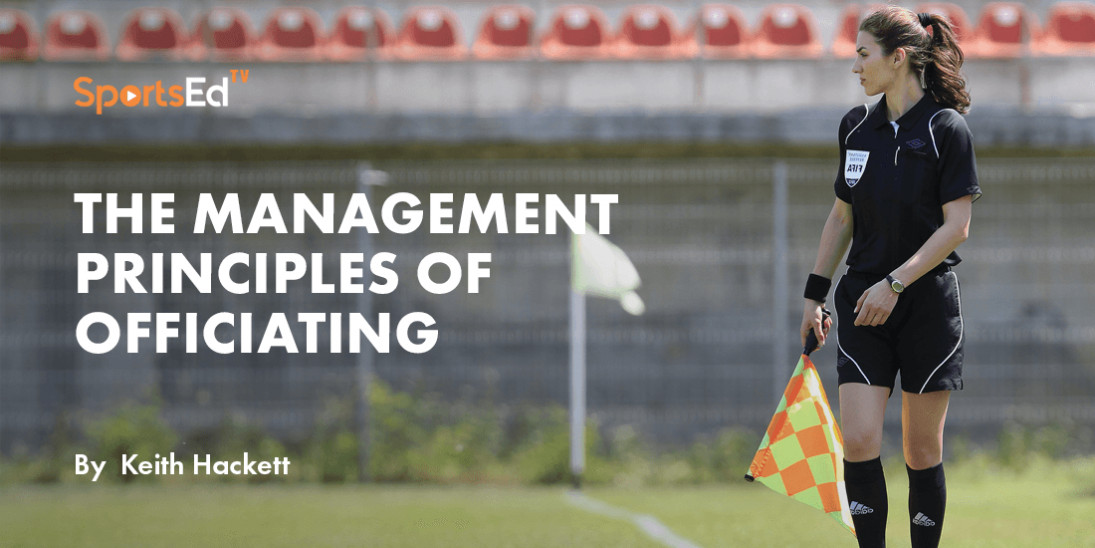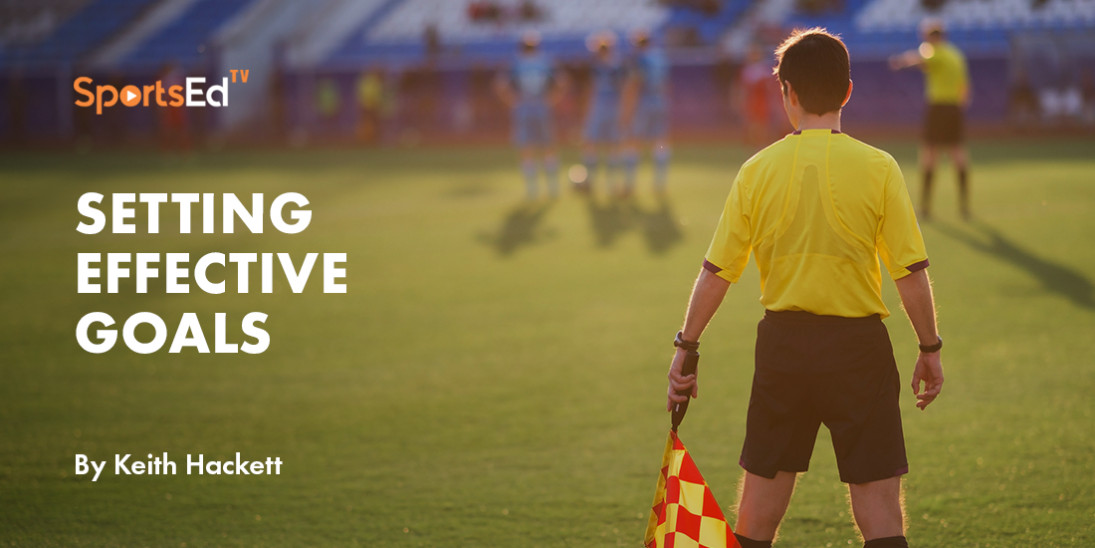Soccer
Welcome and thanks for visiting...

Control The Game With Body Language - Soccer Referee Guide
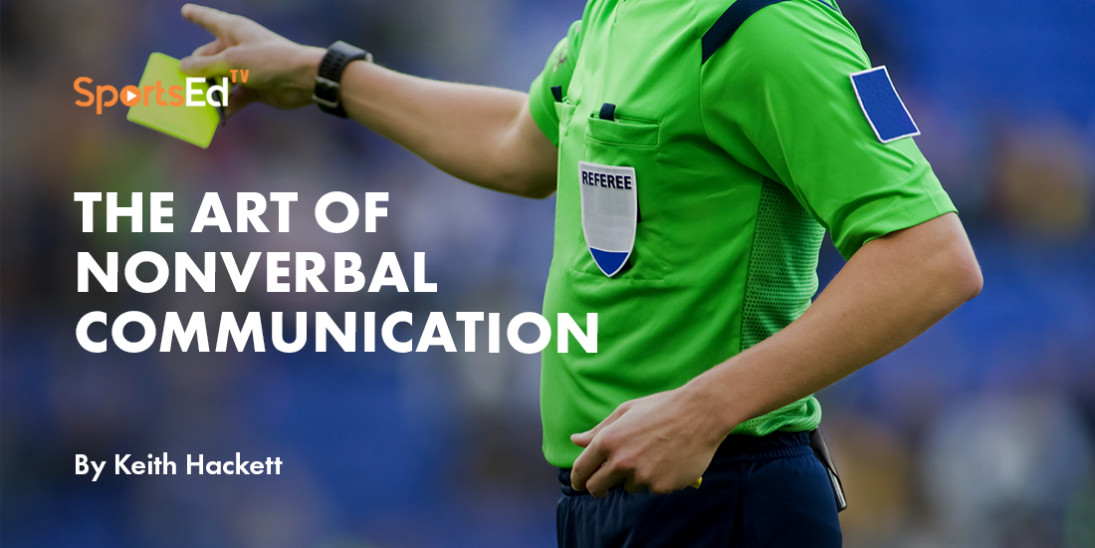
SportsEdTV Soccer is committed to bringing athletes, coaches, and parents pro-level Soccer education videos for FREE. All levels, anywhere, anytime. Check out our full instructional library and sign up to join our Soccer community.
Keith Hackett, counted among the top 100 referees of all time, discusses the importance of body language and how it can be leveraged to officiate a match.
When I decided I wanted to become a referee, it was the Sheffield Referees Association that organised and delivered the course.
The County FA office, situated over the Bull and Mouth Public House in Waingate, operated with two staff and a volunteer.
Over six evenings the Sheffield RA delivered the lectures, through Syd Robinson assisted by Tom Raby, both retired from active refereeing but both having terrific knowledge of the laws and how to apply them. Jim Bennison, a former Football League official and Secretary of Rotherham United, conducted my examination by asking pointed questions.
I was told immediately that I had passed and was now qualified to officiate games. Shortly afterwards, with some shock I was appointed to Hillsborough Boys Club v Sheffield United Juniors.
The course was free and after that first game I was handed 7/6d old money. I officiated the game in a borrowed kit and the only expense was an Ingersoll Stopwatch with 45 minutes highlighted in green.
My first Referees Association meeting was at the Grand Hotel in Sheffield and the Guest Speaker was Ken Aston, who highlighted that referees needed to look smart and be smart.
Leaving that thought in your mind, I want to now highlight to you the importance of Body Language - The Art Of Nonverbal Communication, as well as teach you how to leverage it to better officiate a match.
Research results highlight the impact of the different ways in which we communicate:
- 55% Body Language
- 38% Tone of voice
- 07% Words we say.
Your body language reveals a lot about you:
- Emotions
- Confidence
- Ability
- Self-belief
- Control
Body language is an action that can help you to ensure that you get your message across to players and other stakeholders in the game.
So here are some ideas how you can improve your body language and maximise effective communication during the game.
- Body language messages are powerful
- They are used much more frequently than verbal messages
- Can help or harm you
- They speak LOUDER than words
- They must match your officiating decisions
EXAMPLES:
I am sure that many of you will remember Pierluigi Collina, now the Head of FIFA referees. He was the master of using body language to get his message across.
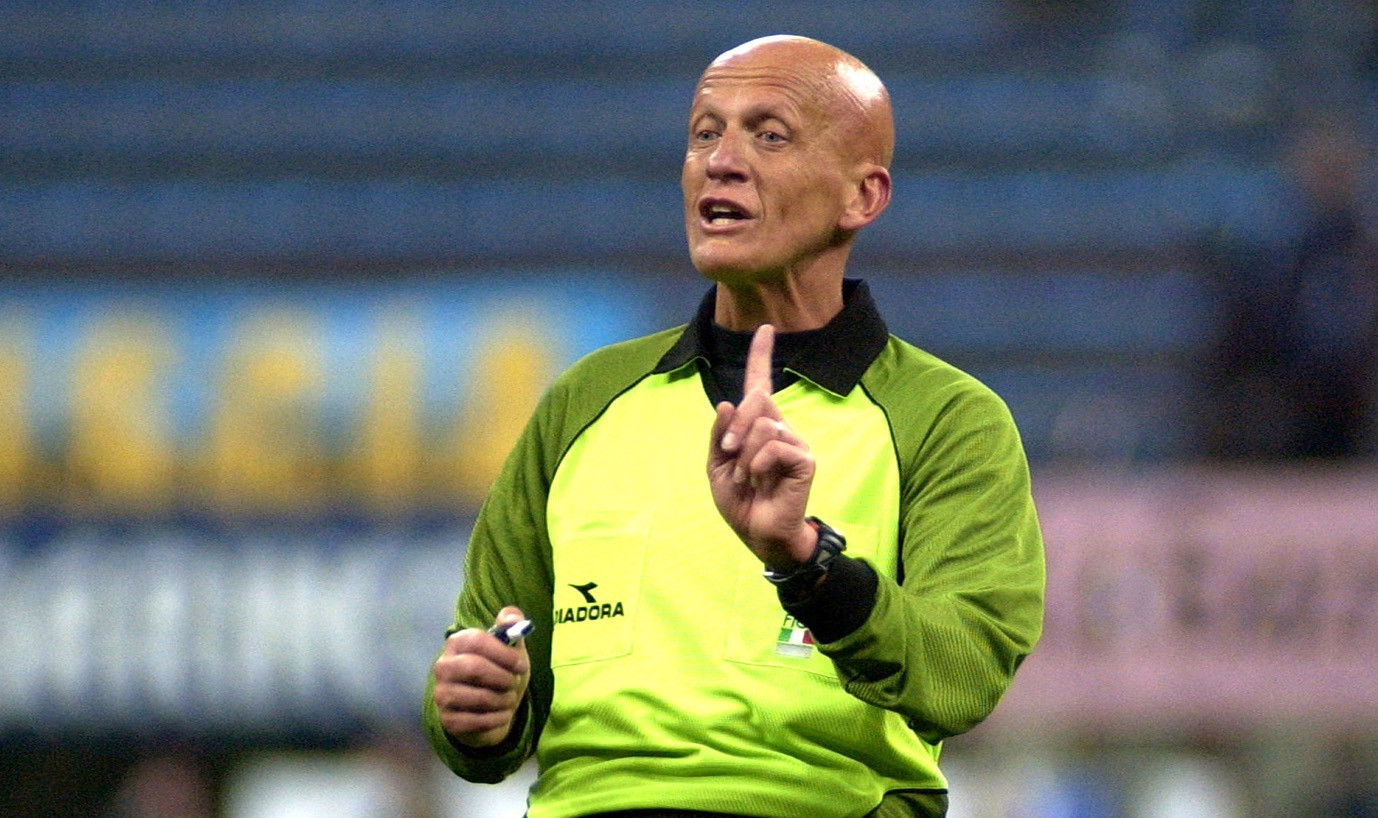
- “I’m talking to you” The picture below shows Collina leaving no doubt of the message he wants to get across.

- “I’m being a nice guy, but you better calm down”
This palms facing down is visually showing to the players that you are not in conflict with them and to calm down.

- Here the picture below is demonstrating through his facial language that the player “Should not push him”

- Another photograph example that is saying to the player through his body language – no words
Which part of “the free kick is here”, don’t you understand?

USE YOUR EYES
- The eyes are the mirror of our soul
- Maintain confident eye contact
- Staring can create tension, so avert eyes occasionally
- Never look down
- Shifting eyes suggest deception
- Don’t furrow your eyebrows
Your HEAD is a minefield if you understand Body Language, and here are some considerations for you to take on board.
- Tilting the head indicates warmth and interest
- Slow nods are reassuring
- Rapid nodding suggests impatience
- Touching parts of the head sends different signals
- Patting/playing with hair indicates a lack of confidence in your words
- Ensure that you are not coming across as a fussy official.
PLEASE REMEMBER THE IMPORTANCE OF YOUR SMILE.
- A smile is the shortest distance between two people
- The most powerful tool in body language
- Over 50 different types of smiles using 80 facial muscles
- A smile creates a warmth/bond with recipient
- Constant grinning is insincere
- Touching mouth/gnawing lip/faking a cough = insincerity
YOUR HANDS CAN TAKE ON A LIFE OF THEIR OWN
- Fidgeting is distracting
- It can also indicate annoyance or impatience
- Keep hands open and in view
- Pointing & clenched fists are threatening
- Touching is to be handled with care
USE PHOTOGRAPHS AND/OR VIDEO TO EXAMINE YOUR POSTURE
- Erect posture looks confident
- Arms locked across chest reflects defensiveness or not open to ideas
- Retain height
- Shoulders need to be straight
- Look at your feet, as they too can make you look insecure
I hope that this article will be of assistance in your future refereeing career.
